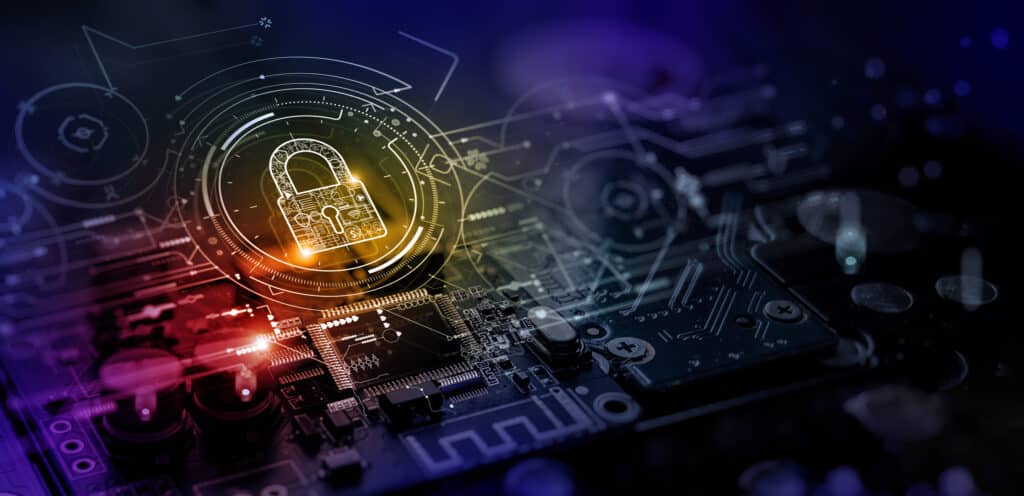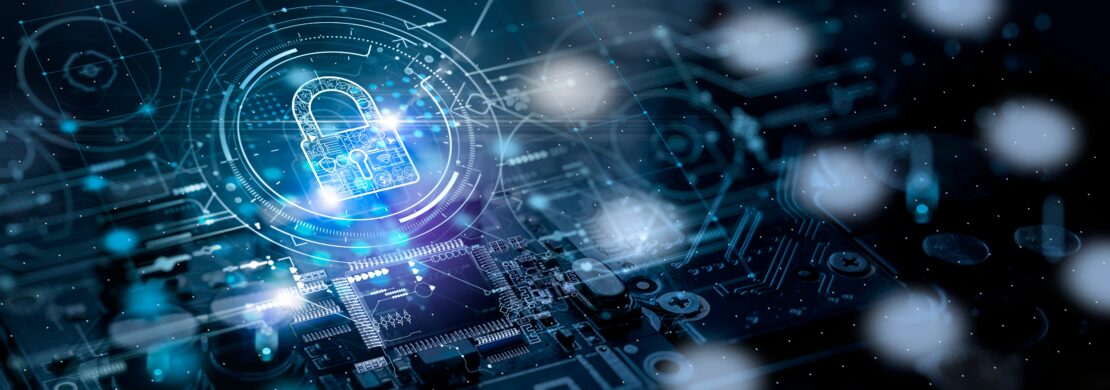Secure Your Business with Fiber Network Security Solutions Designed for the Digital Age
Secure Your Business with Fiber Network Security Solutions Designed for the Digital Age
Blog Article
How Data and Network Safety And Security Shields Against Arising Cyber Threats
In a period noted by the rapid evolution of cyber hazards, the value of data and network safety has never been much more pronounced. Organizations are significantly dependent on advanced safety and security procedures such as file encryption, accessibility controls, and positive tracking to secure their digital possessions. As these hazards end up being a lot more intricate, understanding the interplay between data safety and security and network defenses is necessary for alleviating threats. This conversation intends to check out the vital elements that fortify a company's cybersecurity posture and the methods essential to remain in advance of possible vulnerabilities. What continues to be to be seen, however, is exactly how these procedures will certainly evolve when faced with future challenges.
Comprehending Cyber Threats

The ever-evolving nature of modern technology continuously presents new susceptabilities, making it critical for stakeholders to stay alert. People might unwittingly come down with social design techniques, where assaulters adjust them right into divulging delicate information. Organizations face distinct challenges, as cybercriminals often target them to make use of useful data or interrupt operations.
Moreover, the increase of the Web of Things (IoT) has actually expanded the strike surface, as interconnected devices can offer as entrance factors for assaulters. Identifying the relevance of durable cybersecurity techniques is crucial for alleviating these threats. By fostering a comprehensive understanding of cyber dangers, people and companies can implement efficient techniques to safeguard their electronic assets, ensuring resilience in the face of an increasingly complex risk landscape.
Secret Parts of Data Security
Making certain data safety and security calls for a complex technique that incorporates various key parts. One fundamental aspect is information security, which changes delicate info into an unreadable format, obtainable only to licensed users with the ideal decryption keys. This functions as a critical line of protection versus unapproved accessibility.
An additional vital part is accessibility control, which regulates who can view or manipulate information. By executing stringent individual authentication procedures and role-based accessibility controls, companies can reduce the danger of insider dangers and data breaches.

Additionally, information concealing strategies can be utilized to secure sensitive info while still permitting its usage in non-production settings, such as testing and advancement. fft perimeter intrusion solutions.
Network Security Techniques
Implementing robust network safety strategies is necessary for safeguarding an organization's electronic framework. These methods entail a multi-layered approach that includes both equipment and software program solutions created to safeguard the integrity, privacy, and accessibility of data.
One important element of network security is the implementation of firewall softwares, which act as a barrier between relied on interior networks and untrusted exterior networks. Firewall programs can be hardware-based, software-based, or a mix of both, and they help filter inbound and outbound web traffic based upon predefined safety policies.
Furthermore, intrusion detection and prevention systems (IDPS) play a vital role in keeping an eye on network traffic for suspicious tasks. These systems can signal managers to possible violations and take action to minimize threats in real-time. Regularly covering and upgrading software is likewise critical, as vulnerabilities can be exploited by cybercriminals.
Additionally, applying Virtual Private Networks (VPNs) makes certain secure remote accessibility, securing data transferred over public networks. Segmenting networks can minimize the assault surface and contain prospective violations, restricting their effect on the general facilities. By taking on these approaches, companies can successfully strengthen their networks against emerging cyber hazards.
Finest Practices for Organizations
Developing best practices for organizations is critical in keeping a strong protection stance. A detailed approach to information and network safety and security starts with routine threat assessments to recognize susceptabilities and possible threats. Organizations needs to execute durable gain access to controls, making certain that just accredited employees can access sensitive information and systems. Multi-factor authentication (MFA) need to be a conventional demand to enhance security layers.
In addition, continual employee training and awareness programs are essential. Employees must be enlightened on identifying phishing attempts, social design tactics, and the significance of sticking to safety protocols. Regular updates and patch administration for software program and systems are also crucial to shield against known vulnerabilities.
Organizations should establish and test event feedback prepares to guarantee preparedness for possible violations. This consists of establishing clear communication channels and functions during a security event. In addition, data file encryption should be utilized both at rest and in transit to secure sensitive info.
Last but not least, carrying out routine audits and compliance checks will certainly aid guarantee adherence to established policies and relevant guidelines - fft perimeter intrusion solutions. By following these best techniques, organizations can significantly enhance their resilience against emerging cyber dangers and protect their critical possessions
Future Trends in Cybersecurity
As organizations navigate a progressively intricate digital landscape, the future of cybersecurity is positioned to develop significantly, driven by moving and emerging modern technologies risk standards. One prominent trend is the combination of expert system (AI) and artificial intelligence (ML) right into protection structures, permitting real-time hazard discovery and response automation. These technologies can examine large quantities of information to determine abnormalities and prospective violations much more successfully than conventional methods.
An additional vital fad is the rise of zero-trust design, which needs continuous verification of customer identifications and device security, no matter their area. This approach decreases the threat of insider dangers and enhances security versus outside attacks.
Additionally, the enhancing adoption of cloud solutions requires robust cloud safety and security techniques that deal with special vulnerabilities associated with cloud settings. As remote work ends up being a long-term fixture, securing endpoints will certainly also end up being paramount, causing an elevated concentrate on endpoint discovery and reaction (EDR) services.
Lastly, governing compliance will proceed to form cybersecurity practices, pressing organizations to embrace much more strict data protection steps. Accepting these fads will certainly be vital for organizations to fortify their defenses and browse the progressing landscape of cyber dangers efficiently.
Final Thought
In conclusion, the execution of robust data and network protection actions is essential for companies to safeguard versus arising cyber hazards. By making use of security, accessibility control, and efficient network protection approaches, companies can dramatically lower susceptabilities and secure sensitive information. Adopting best techniques even more enhances resilience, preparing companies to deal with progressing cyber difficulties. As cybersecurity remains to evolve, remaining notified about future trends will be critical in keeping a solid defense versus prospective risks.
In data cyber security a period marked by the quick evolution of cyber hazards, the significance of information and network security has actually never been a lot more pronounced. As these hazards become extra complicated, understanding the interaction in between information security and network defenses is essential for alleviating risks. Cyber dangers incorporate a broad variety of destructive activities aimed at endangering the confidentiality, stability, and schedule of networks and information. A thorough method to information and network protection begins with regular danger assessments to determine susceptabilities and potential dangers.In verdict, the implementation of robust data and network safety actions is important for organizations to secure versus arising cyber threats.
Report this page